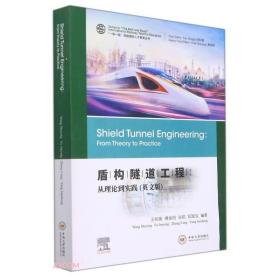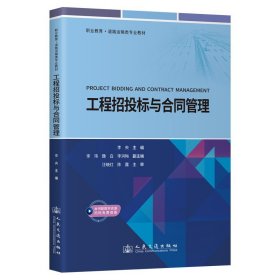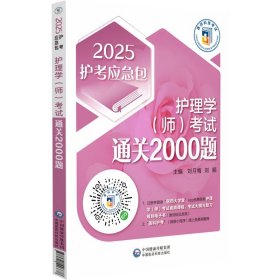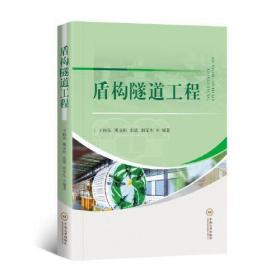
盾构隧道工程--从理论到实践(英文版)/一带一路铁路国际人才教育丛书
全新正版未拆封
¥ 64.62 4.7折 ¥ 138 全新
仅1件
四川成都
认证卖家担保交易快速发货售后保障
作者王树英、傅金阳、张聪、阳军生 编
出版社中南大学出版社
出版时间2022-01
版次1
装帧平装
货号RT
上书时间2023-06-29
- 最新上架
商品详情
- 品相描述:全新
图书标准信息
- 作者 王树英、傅金阳、张聪、阳军生 编
- 出版社 中南大学出版社
- 出版时间 2022-01
- 版次 1
- ISBN 9787548746683
- 定价 138.00元
- 装帧 平装
- 开本 16开
- 页数 498页
- 字数 99999千字
- 【内容简介】
-
城市地层多为冲积、沉积作用形成,不可避免地,城市隧道多穿越黏土、砂土、上软下硬、强-全风化岩层等软弱地层,而且所处的周边环境异常复杂,所以城市隧道建造往往面临掘进难度大、环境干扰多、安全控制难等诸多难题。为了避免这些难题,由于盾构法施工相对安全快速经济,它已经成为软弱地层隧道建造的主要工法。
盾构隧道工程所涉及的技术领域很广泛,本书比较全面系统地介绍了世界上盾构隧道工程的发展、勘察、盾构机构造及工作原理、隧道结构设计、盾构选型、盾构掘进与管片拼装、壁后注浆、盾构渣土改良及资源化再利用、盾构泥水处理、地层沉降及控制、运营管理与病害整治等内容。尤其在盾构机选型、复杂地层盾构掘进、渣土改良、壁后注浆等方面,结合技术发展现状,通过较多的典型工程案例进行了较为深入的介绍。 - 【目录】
-
Chapter 1 Overview of Research
1.1 Concepts of shield tunnel engineering
1.2 Types of shield machines
1.3 Development history of shield machine and tunnelling method
1.4 Development trend of shield tunnelling method
1.5 Book organization
References
Exercises
Chapter 2 Geological Survey and Alignment Design for a Shield Tunnel Project
2.1 Purposes of geological survey
2.2 Geological survey contents and methods
2.3 Evaluation of engineering geological conditions
2.4 Cross-section and alignment design of shield tunnels
2.5 Case study of a supplementary survey
References
Exercises
Chapter 3 Shield Machine Configurations and Working Principles
3.1 Composition of the two main types of shield machines
3.2 Concepts and functions of shield machine components
3.3 Working principles of main shield machines
3.4 Special shield machines
References
Exercises
Chapter 4 Shield Machine Selection
4.1 Selection principles and methods of shield machines
4.2 Selection of shield machine types
4.3 Selections of shield machine configurations
4.4 New technologies in the configuration of shield cutters
4.5 Examples of shield machine selection in common strata
References
Exercises
Chapter 5 Structure Type and Design of Shield Tunnel Lining
5.1 Types and materials of shield tunnel lining
5.2 Segment types and features
5.3 Segments assembly and waterproofing
5.4 Load calculation for shield tunnel
5.5 Internal force calculation of segment lining
5.6 Reinforcement and structure design of segments
5.7 Connection tunnel design
5.8 Seismic design of shield tunnel
References
Exercises
Chapter 6 Launching and Receiving of Shield Machines
6.1 Working shafts and ground improvement for shield machine tunnelling
6.2 Configurations and technical controls for shield machine launching
6.3 Configurations and technical controls for shield machine receiving
6.4 Shield machine launching and receiving under special conditions
References
Exercises
Chapter 7 Shield Tunnelling and Segment Assembling
7.1 EPB shield tunnelling technology
7.2 Slurry shield tunnelling technology
7.3 Segment transport and assembling
7.4 Technologies for opening excavation chamber and replacing cutters
7.5 Connection tunnels between two main tunnels
7.6 Monitoring
7.7 Construction techniques and case studies for shield tunnelling in special conditions
References
Exercises
Chapter 8 Backfill Grouting for Shield Tunnelling
8.1 Introduction
8.2 Backfill grouting materials and performance demands
8.3 Common equipments for backfill grouting
8.4 Backfill grouting construction and control for shield
8.5 Backfill grouting process optimization technology and cases
References
Exercises
Chapter 9 Muck Conditioning for EPB Shield Tunnelling and Muck Recycling
9.1 Reasons for muck conditioning
9.2 Properties of the shield muck
9.3 Types and technical parameters of soil-conditioning agents
9.4 Soil conditioning systems
9.5 Index properties and its determination method of conditioned soil
9.6 Numerical simulation of shield tunnelling under soil conditioning
9.7 Case study of muck conditioning for shield tunnelling
9.8 Recycling of shield muck as resources
9.9 Technical issues of muck conditioning
References
Exercises
Chapter 10 Slurry Treatment for Shield Tunnelling and Waste Slurry Recycling
10.1 General
10.2 Shield slurry
10.3 Slurry treatment site layout and equipments
10.4 Case study on shield slurry treatment
10.5 Recycling of waste slurry and case studies
References
Exercises
Chapter 11 Ground Deformation and Its Effects on the Environment
11.1 Shield tunnelling induced ground deformation
11.2 Ground loss in shield tunnel construction
11.3 Prediction of ground deformation
11.4 Assessment of the
点击展开
点击收起
相关推荐
— 没有更多了 —




















以下为对购买帮助不大的评价